The day I chanced upon meeting the spitz breeds, a Siberian husky and an Alaskan malamute, in a kennel club took me back to my school days when I found it pretty hard to understand the difference between an alligator and a crocodile. They are so similar, yet so different.
A study was conducted in 2015 using quite a few genetic markers that concluded that the Alaskan malamute and the Siberian Husky share a close genetic relationship. Despite this relationship, you will notice quite a few differences in their appearances and behaviors.
If you wish to adopt any of these Arctic working dogs, you need to be aware of their similarities and differences. If you go through the following categories, you will have a pretty good idea of it.
History of Origin
Siberian husky

The average life span of the Siberian husky breed is 12 to 14 years. If adopted from registered breeders, it’s less likely that the dogs will come with chronic diseases or genetic disorders.
However, this breed has a history of developing a few common health issues, such as cataracts, hip issues as they grow old. Therefore, periodic health examinations of this breed of dogs comes highly recommended by the vets.
Alaskan malamute
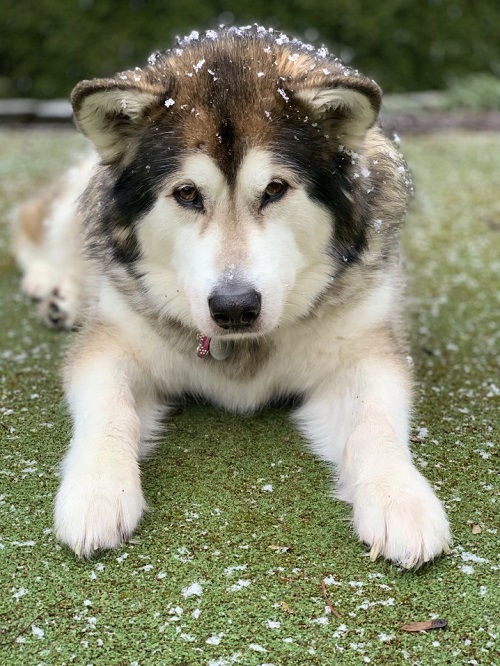
Compared with the huskies, Alaskan malamutes have more health issues. These dogs are inclined to several diseases, starting from day blindness, dwarfism, polyneuropathy, hypothyroidism, bleeding disorder, elbow dysplasia, hip dysplasia, platelet disorder, and even bleeding disorder.
However, if you choose a reputable breeder to buy it from, the risk of the malamutes growing these diseases is much less. The average lifespan of this breed is high. It’s nearly 15 years.
Lifespan and Health
Siberian husky
Both the United States and Russia claim that the Siberian husky originated in their lands. According to historians, the northeast Asian Chukchi tribe developed this breed nearly 3000 years ago. The tribe used this breed as sled pullers.
Alaskan malamute
There is a claim that this breed was available nearly 12,000 years ago in the Americas. In the Arctic, the earliest trace of this breed dates back to 4,500 years ago, when the Paleo-Eskimo lived.
Another claim indicates the Malemiut Inupiaq tribe that lived in the North Sound region of Alaska. It is believed that this tribe bred the Alaskan malamute dogs.
Size
Siberian husky
It’s a medium-sized dog with the average height of male dogs being 22 inches and bitches being 21 inches.
Alaskan malamute
This breed is taller than the husky. The average heights of males and bitches are 25 inches and 23 inches.
Weight
Siberian husky
The male dogs weigh from 45 to 60 pounds. The bitches of this breed range from 35 to 50 pounds.
Alaskan malamute
This breed weighs much more than the huskies. The average weights of males and bitches are 84 pounds and 75 pounds.
Color
Siberian husky
It has a thick plush coat with a bit of undercoat. The range of colors is from black to white. It’s available in rust and gray as well. While as puppies, this color of this breed is quite contrasting.
However, this contrast seems to fade away as they grow. They usually have a white underbelly.
Alaskan malamute
It has dense double coats. Those coats have long hair. They come in various shades of white and seal, white and black, white and gray, white and red, white and sable. A few appear solely in white. The color of their underbelly is generally white.
Face
Siberian husky
A few huskies have white faces, with the colors becoming visible over eyes and noses.
Alaskan malamute
The identifiable markings on the faces of this breed look like a cap on their heads.
Eyes
Siberian husky
The most distinguishing mark of this breed is the eye. It’s noticeable blue. However, a few huskies miss this feature. Some have one brown eye and one blue eye, while a few have both brown eyes.
Alaskan malamute
The eyes of this breed look like almonds. The malamutes of pure breed do not have blue eyes. They come in various shades of brown.
Ears
Siberian husky
The triangular-shaped ears of this breed are erect.
Alaskan malamute
The ears of this breed look small in proportion to their head. While at attention, they stay erect in a firm position.
Tail
Siberian husky
The tail of this breed has densely furred that points downward. While sleeping, they cover their nose with their curling tails. This is called ‘Siberian Swirl’.
Alaskan malamute
This breed carries its bushy tail on its back. When these dogs sway their tails, they resemble a plume.
Behavior
Siberian husky
They are friendly even to strangers. So, if you think of adopting a guard dog, this breed is an absolute “no”. They are hardworking and loyal. They don’t love to live alone.
They prefer to stay close to their owners and their families. In the warmer conditions, they look out for cold places. So, they tend to dig to create cool places to rest.
Alaskan malamute
They love to work hard. Another remarkable feature of this breed is its loyalty to the owner. However, they are not suitable as guard dogs. Their friendly nature extends even to total strangers.
However, they can be hostile to other pets at times. They love to stay close to their owners. However, they prefer to enjoy some ‘me time’ as well.
Exercise and Training
Siberian husky
This breed has for ages been bred for running. They need at least a pretty good run for a minimum of two times a week. If these dogs are not exercised properly or are overfed, they tend to become obese.
So, if you are planning to adopt a Siberian husky, you should invest in their training since they are puppies. They are intelligent. However, they can be stubborn if they are not properly trained.
Alaskan malamute
They are intelligent. But it doesn’t save an owner from providing proper training to them. They need a professional training. Else, they may be dominant and bossy.
According to many experts, it needs a lot of tolerance and persistence to train this breed. House training of Alaskan malamutes proves to be quite difficult in comparison with the huskies.
Grooming
Siberian husky
This dog needs brushings at least once a week. They need to bathe twice a year. They shed their undercoat two times a year. During the shedding period, it’s good to give them regular brushings.
Alaskan malamute
The grooming effort is high for the Alaskan malamutes. Every six to eight weeks, they need extensive baths. Their thick coats need brushings daily, even during the non-shedding periods. Like the Huskies, they shed twice a year.
Both these breeds are on the expensive side. You will hardly find any of them below 800 dollars from a registered breeder. If you are planning to buy any of them, don’t forget that they are highly energized dogs.
Hence, they need your time to get them exercised every day. Else, they may end up being miserable dogs. So, plan accordingly and move.
 DogExpress
DogExpress

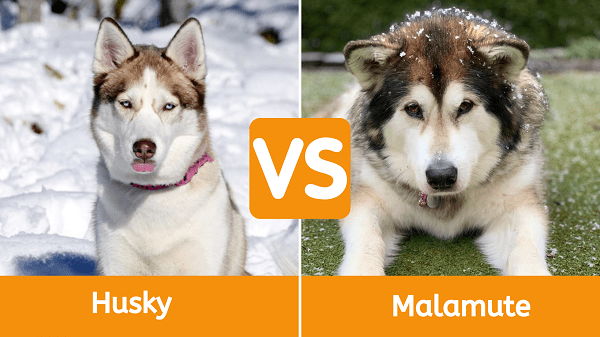
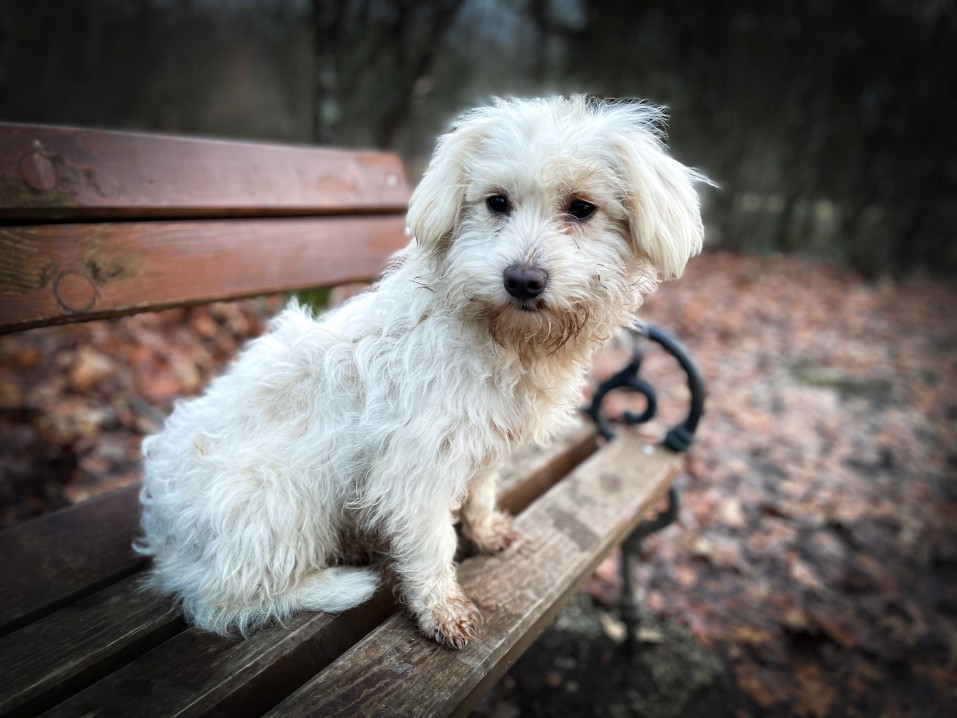


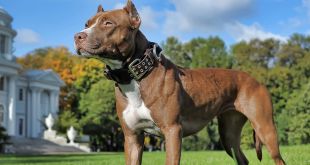
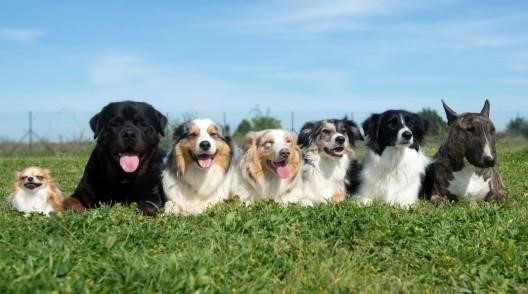












 in Chandigarh, India.
in Chandigarh, India. 

